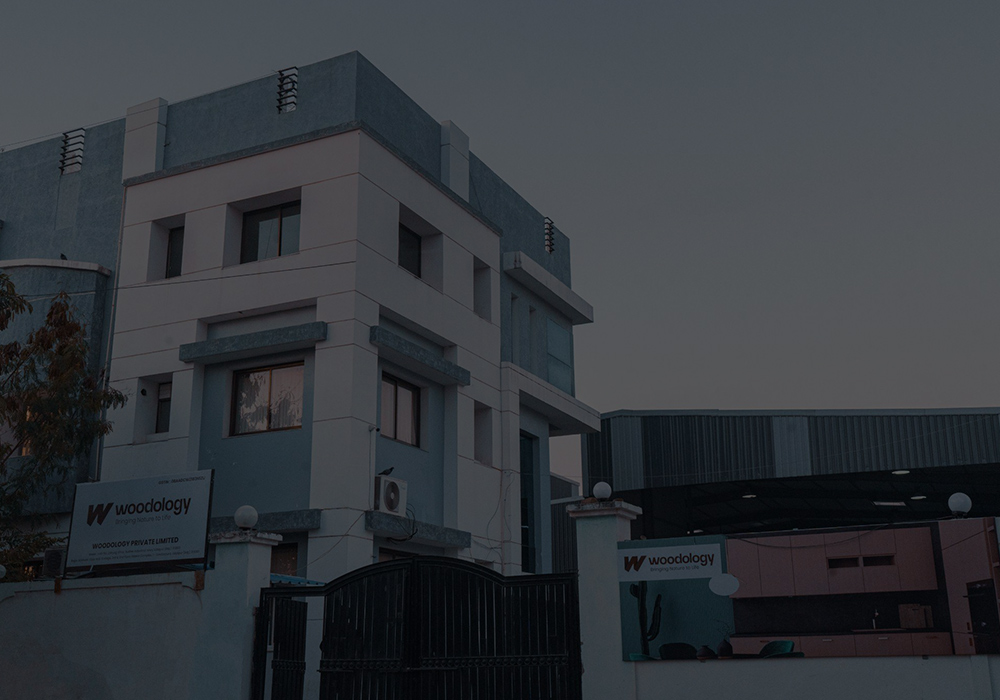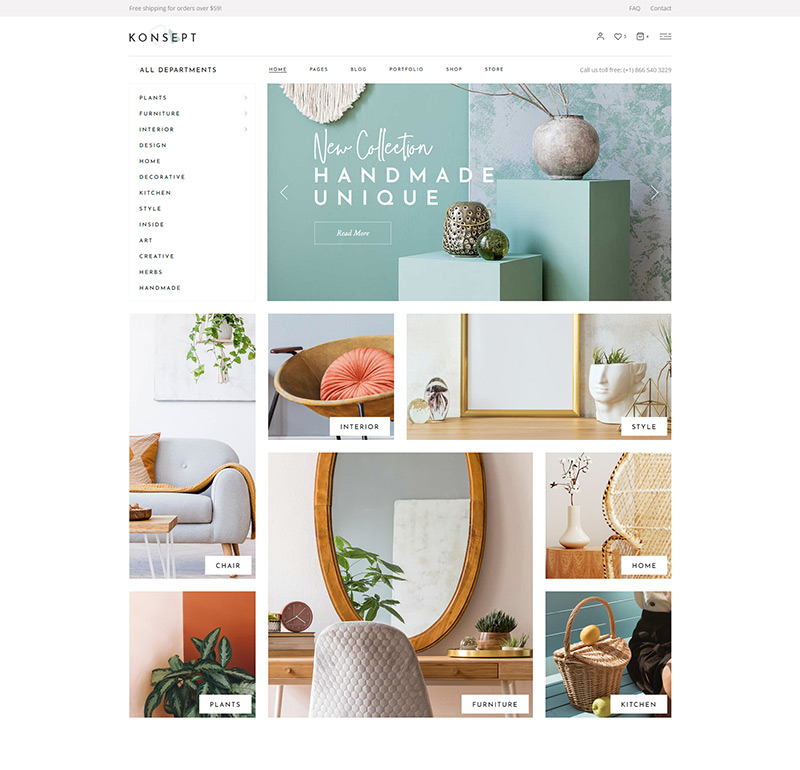
Choosing the Right Pre-Laminated Board: A Guide to Material Selection for Your Projects
When embarking on a new interior design or construction project, selecting the right materials is crucial to achieving the desired aesthetic and functional outcomes. Pre-laminated boards, a popular choice in modern design, offer a range of benefits, including durability, versatility, and ease of maintenance. However, with various types of pre-laminated boards available, such as MDF, HDMR, and particle boards, it can be challenging to determine which is best suited for your specific needs.
This guide aims to simplify the selection process, providing insights into the characteristics, applications, and advantages of different types of pre-laminated boards available at Woodology World.
Understanding Pre-Laminated Boards
Pre-laminated boards are engineered wood products that have a laminated surface, offering enhanced durability and a wide range of design options. The lamination process involves bonding a decorative layer, such as melamine, onto the board’s surface, which protects it from scratches, moisture, and wear. This makes pre-laminated boards an ideal choice for both residential and commercial projects where aesthetics and practicality are paramount.
Types of Pre-Laminated Boards

1. Medium Density Fiberboard (MDF)
MDF is made from wood fibers bonded with resin and compressed under high pressure.
Applications:
- Furniture: Ideal for cabinets, shelves, and furniture that require a smooth surface for painting or veneering.
- Wall Paneling: Commonly used for decorative wall panels and moldings due to its ease of cutting and shaping.
- Interior Doors: MDF is often used in the construction of interior doors, offering a stable and smooth finish.
Advantages:
- Versatility: MDF can be easily painted, laminated, or veneered, providing numerous design options.
- Affordability: It is generally more affordable than natural wood, making it a cost-effective choice for many projects.
- Consistency: The uniform density of MDF prevents warping and splitting, ensuring long-term durability.
2. High-Density Moisture Resistant (HDMR) Boards

HDMR boards are similar to MDF but are engineered to resist moisture. They are denser and more robust, making them suitable for environments with high humidity.
Applications:
- Kitchens and Bathrooms: Ideal for cabinetry and countertops in moisture-prone areas.
- Outdoor Furniture: Used in outdoor settings where exposure to the elements is a concern.
- Flooring Substrates: HDMR boards provide a stable base for various flooring materials, including laminates and tiles.
Advantages:
- Moisture Resistance: The enhanced moisture resistance makes HDMR boards ideal for humid environments, preventing swelling and warping.
- Ease of Maintenance: The laminated surface is easy to clean and maintain, ensuring a lasting appearance.
3. Particle Boards

Particle boards are made from wood chips, sawdust, and resin, compressed into sheets. They are less dense than MDF and HDMR boards but offer a practical and economical solution for many applications.
Applications:
- Budget Furniture: Widely used in the production of cost-effective furniture, such as bookcases and wardrobes.
- Cabinet Interiors: Often used for the interiors of kitchen cabinets and other built-in storage solutions.
- Temporary Structures: Suitable for exhibition stands and temporary installations due to their affordability.
Advantages:
- Cost-Effective: Particle boards are generally the most affordable option among pre-laminated boards, making them ideal for budget-conscious projects.
Factors to Consider When Choosing Pre-Laminated Boards
- Application and Environment
- Consider the specific use and environment of your project. For example, HDMR boards are better suited for areas with high moisture, while MDF is ideal for detailed woodworking.
- Budget
- Determine your budget and choose a board that offers the best balance of cost and quality. Particle boards are more economical, while MDF and HDMR offer more durability and design flexibility.
- Durability and Maintenance
- Consider the durability of the board and the level of maintenance required. HDMR boards, for example, are more durable and resistant to moisture, making them easier to maintain over time.
Conclusion
At Woodology World, we offer a comprehensive range of pre-laminated boards, including MDF, HDMR, and particle boards, each catering to specific needs and preferences. By understanding the unique characteristics and applications of these materials, you can make an informed decision that enhances the quality and longevity of your interior and construction projects. Explore our collection today and discover the perfect board for your next project.










Leave a Reply